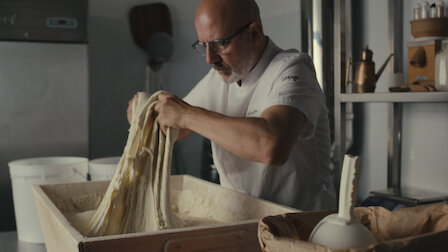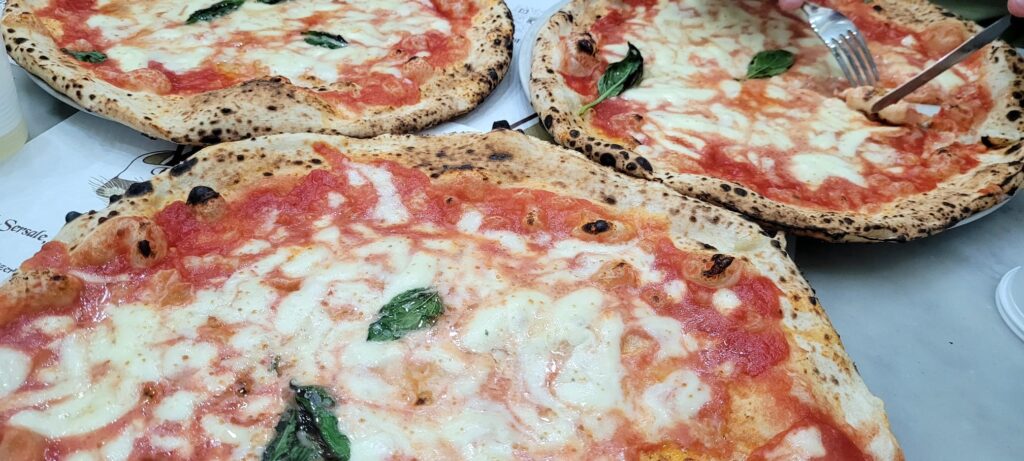Pizza—a beloved culinary classic that has captured the hearts and taste buds of people around the world. While the basic elements of dough, sauce, and cheese remain constant, the myriad variations in toppings, crusts, and cooking methods give rise to a delicious diversity of pizza styles. From the thin, crispy slices of New York-style pizza to the deep-dish decadence of Chicago-style pie, each style offers a unique culinary experience. Join us on a journey through the tantalizing world of pizza as we explore the differences between different styles and celebrate the universal appeal of this iconic dish.
- Neapolitan Pizza:
Originating from Naples, Italy, Neapolitan pizza is the OG (original gangster) of pizza styles. Characterized by its thin, soft crust and slightly charred edges, Neapolitan pizza is traditionally topped with San Marzano tomatoes, fresh mozzarella cheese, basil leaves, and a drizzle of olive oil. Cooked in a wood-fired oven at high temperatures for just 60-90 seconds, this pizza style is all about simplicity and purity of flavors. - New York-Style Pizza:
A quintessential slice of the Big Apple, New York-style pizza is renowned for its large, foldable slices and thin, chewy crust. Topped with tangy tomato sauce and generous amounts of mozzarella cheese, this iconic pizza style is often enjoyed “plain” or with classic toppings like pepperoni or mushrooms. Baked in gas-fired deck ovens, New York-style pizza strikes the perfect balance between crispy and chewy, making it a favorite among pizza enthusiasts worldwide. - Chicago-Style Deep Dish Pizza:
Hailing from the Windy City, Chicago-style deep dish pizza is the epitome of indulgence. Featuring a thick, buttery crust that rises high along the edges, this deep-dish delight is filled with layers of gooey cheese, savory toppings, and chunky tomato sauce. Baked in a deep, round pan, Chicago-style pizza requires a longer cooking time to ensure that the crust is golden brown and crispy, while the toppings are bubbling and oozing with flavor. - Sicilian Pizza:
Sicilian pizza, also known as “sfincione,” traces its roots to the Italian island of Sicily. This rectangular pizza features a thick, fluffy crust that is light and airy on the inside, yet crispy and golden on the outside. Topped with a generous layer of tomato sauce and grated cheese, Sicilian pizza is often enjoyed with additional toppings such as onions, olives, or anchovies. Baked in a rectangular pan, this hearty pizza style is perfect for feeding a crowd. - California-Style Pizza:
A modern twist on a classic favorite, California-style pizza is known for its innovative toppings and creative flavor combinations. Inspired by the culinary diversity of the Golden State, this pizza style features a thin, crispy crust topped with a variety of fresh, seasonal ingredients. From barbecue chicken and cilantro to figs and goat cheese, California-style pizza offers endless possibilities for culinary experimentation and flavor exploration.
Whether you’re a fan of thin and crispy slices or thick and hearty pies, there’s a pizza style to suit every taste and craving. From the traditional flavors of Italy to the inventive creations of California, each style offers a unique culinary experience that celebrates the universal appeal of pizza. So, the next time you’re craving a slice of heaven, consider exploring the delicious diversity of pizza styles and savoring the endless possibilities that this iconic dish has to offer. Buon appetito!




